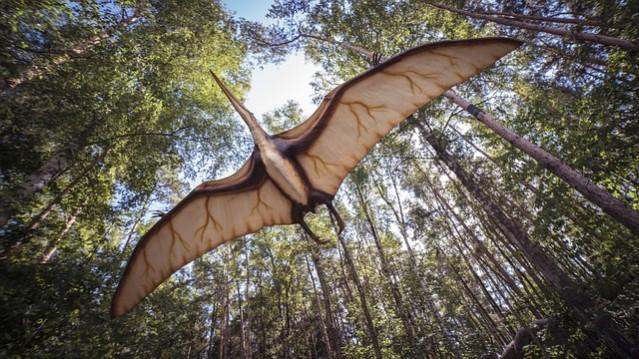
Palaeontologists have discovered dandruff, which is believed to be from feathered raptor that walked on the Earth some 125 million years ago. Yes, we are talking about the dead skin cells of one's scalp.
The study has been published in Nature Communications on May 25.
Why did the dinosaurs have dandruff?
Experts spotted dandruff after excavating Cretaceous fossils of a feathered raptor in northeast China.
"We started wondering if it was a biological feature like fragments of shells or reptile skin, but it's not consistent with any of those things, the only option left was that it was fragments of the skin that were preserved, and it's identical in structure to the outer part of the skin in modern birds, what we would call dandruff," lead author Dr Maria McNamara from University College Cork told BBC News.
After studying dandruff thoroughly using powerful electron microscopes, experts believe that they evolved during the Middle Jurassic period when feathered dinosaurs came into existence.
The dandruff also suggests that the dinosaurs, though had wings on all the four limbs, were unable to fly. The feathers most probably used to keep the creatures warm and make them attractive to the opposite sex.
How is prehistoric dandruff different?
Fossilized dandruff came in many shapes, size, and thickness. Also, they lacked fat, which suggests that the dinosaurs' skin was radically different from modern-day birds that have skins full of fatty corneocytes tied together with keratin, reported Express.
"This structure confirms that basal birds and non-avian dinosaurs shed small epidermal flakes as in modern mammals and birds, but structural differences imply that these Cretaceous taxa had lower body heat production than modern birds," the researchers wrote, as reported by Tech Times.
What do the findings mean?
The recent study throws light on the fact that dinosaurs used to shed skin. However, the prehistoric reptiles did not shed their skin in one giant piece like the modern ones, rather they used to get rid of it piece by piece.
"The fossil corneocytes exhibit key adaptations found in their counterparts in extant birds and mammals, especially their flattened polygonal geometry and fibrous cell contents," they wrote in their study, as reported.

















